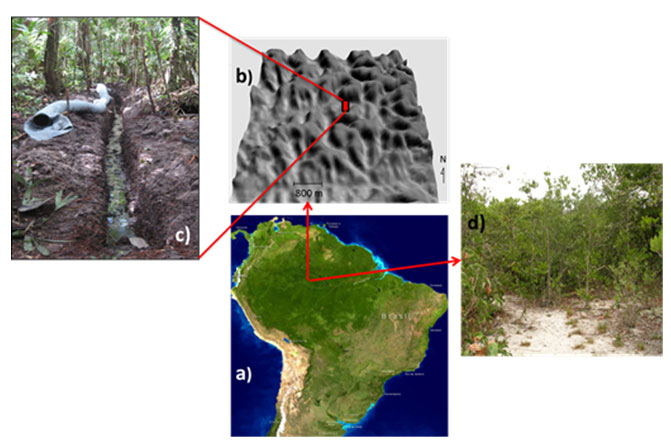Fenton’s reagent application in the domestic sewers disinfection (doi:10.4136/ambi-agua.174) (Inglês)
Palavras-chave:
Controle da poluição, desinfecção, processo oxidativo, Reagente Fenton
Resumo
In this work, the application of advanced oxidative processes – Fenton’s reagent - in wastewater disinfection was studied. The treatment experiments have been conducted varying the hydrogen peroxide and ferrous ions concentrations (Fe2+/H2O2) and pH values. The sewage samples were collected at the Ilha do Governador Wastewater Treatment Plant (ETIG) in the city of Rio de Janeiro, Brazil, before the biological treatment with activated sludge. The medium pH fluctuated from 6.5 to 7.2 and the most common value was equal to 6.7. The reactions with the Fenton´s reagents and beginning of the analysis occurred necessarily within the 24 hours after sewage collection. The oxidative process, its behavior and the treatment effectiveness have been monitored through the microorganisms counting, COD, BOD, am-moniacal nitrogen and others. The results have shown a total elimination of the fecal coliforms in the wastewater samples when treated with H2O2 and Fe2+ in concentrations of, respectively, 200 mg/L of 50 mg/L.
Publicado
28/04/2011
Edição
Seção
Artigos
Autores mantêm os direitos autorais pelo seu artigo. Entretanto, repassam direitos de primeira publicação à revista Ambiente & Água - An Interdisciplinary Journal of Applied Science. Em contrapartida, a revista pode transferir os direitos autorais, incluindo direito de enviar o trabalho para outras bases de dados ou meios de publicação. A revista exerce a licença CC BY 4.0






